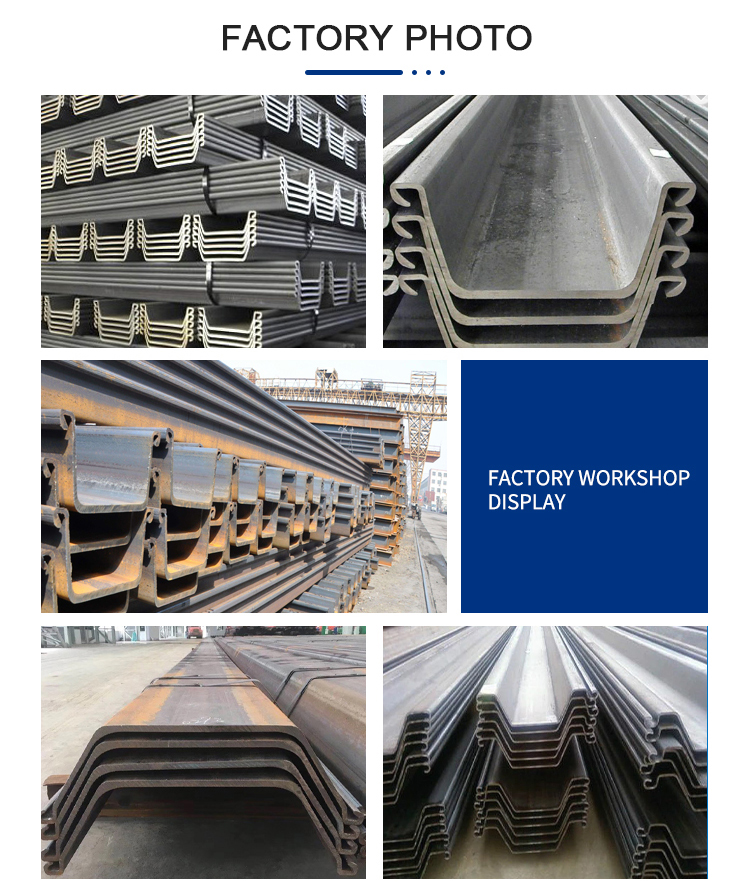Source:Wuxi liansen Metal Technology Co., Ltd Release time:2021-11-10 13:10:15 Author:6852


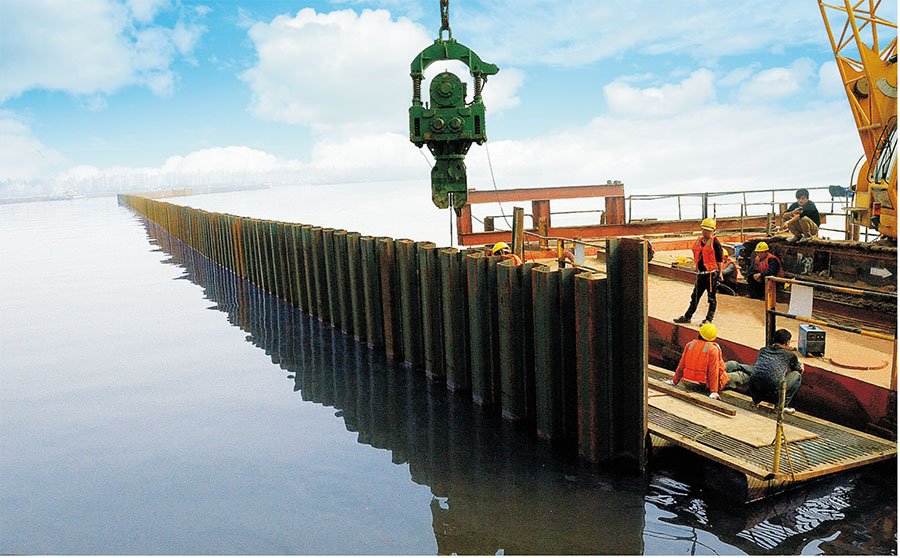
Steel sheet piles are long structural sections with a vertical interlocking system that create a continuous wall. The walls are often used to retain either soil or water. The ability of a sheet pile section to perform is dependent upon its geometry and the soils it is driven into. The pile transfers pressure from the high side of the wall to the soil in front of the wall.
Steel sheet pipe piles and steel pipe piles are widely used in large construction sites such as harbors, bridge construction, retaining walls, cofferdam, pile foundation, and others.
Steel piles are more suitable for soft thick ground. Because in this type of soil the bearing strata are available in the deeper layer.
Steel piles are more economical as compare to other piles. because it is easy to customize, easy to transport, and easy to connect Generally, steel piles are used in pile foundations.
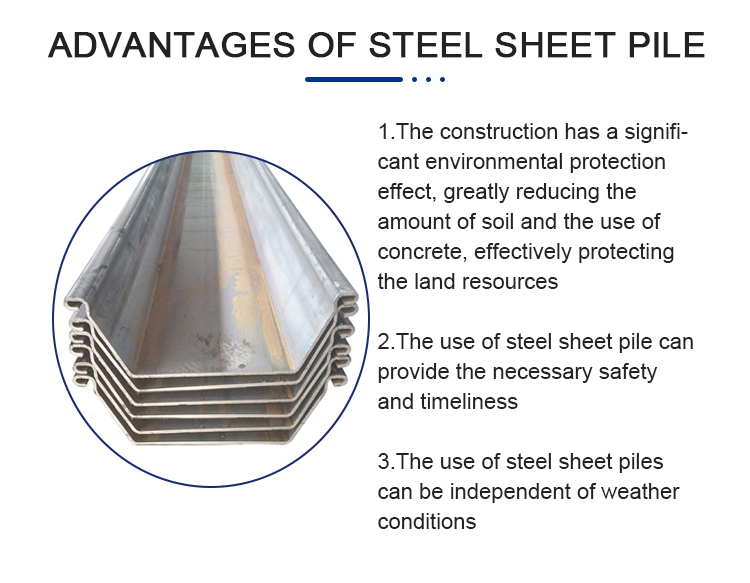
To perform Excellently
Steel Pile has a small sectional area so that during driving the pile realizes less earth removal and low vibration.
Easy to customize
Steel piles are easily customizable in length, diameter, and thickness.
Easy to connect with superstructure
In the steel pile at the top portion reinforcing bars are available, which connect the superstructure easily.
Easy to handle
Steel pile is easy to handle and transport because of its toughness and lightness ability.
To provide high bearing capacity
When the steel piles are driven into the soil, they provide a high bearing capacity.
For High bending strength
During earthquakes resists horizontal forces of the steel pipe piles with high stiff
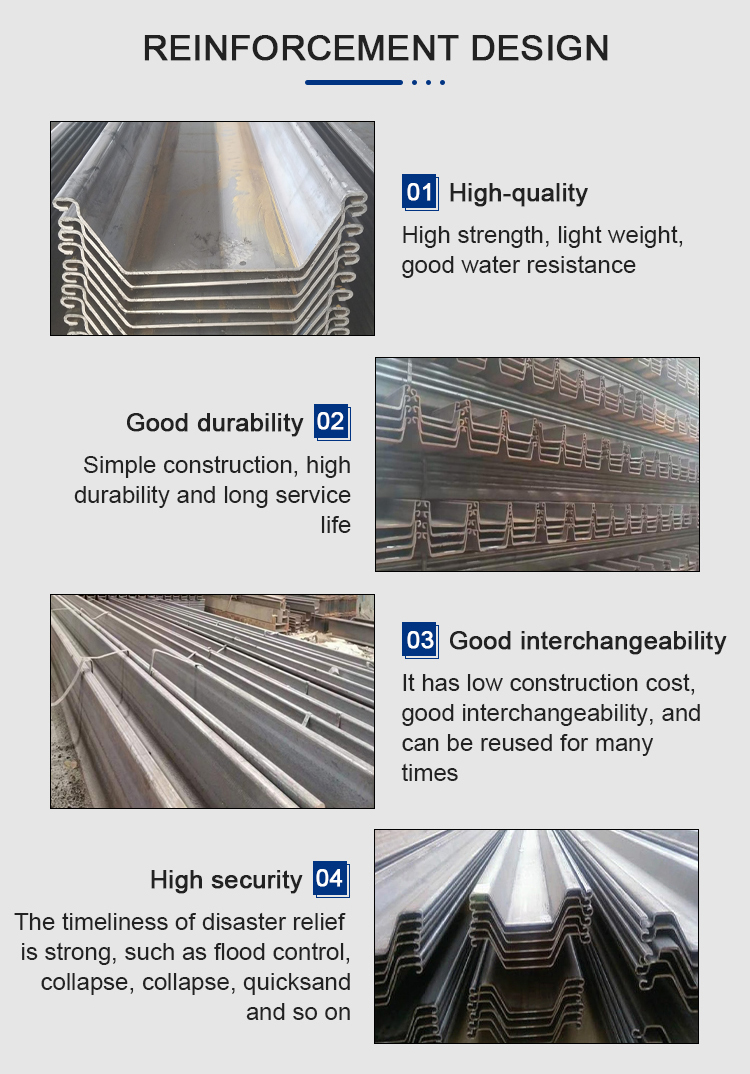
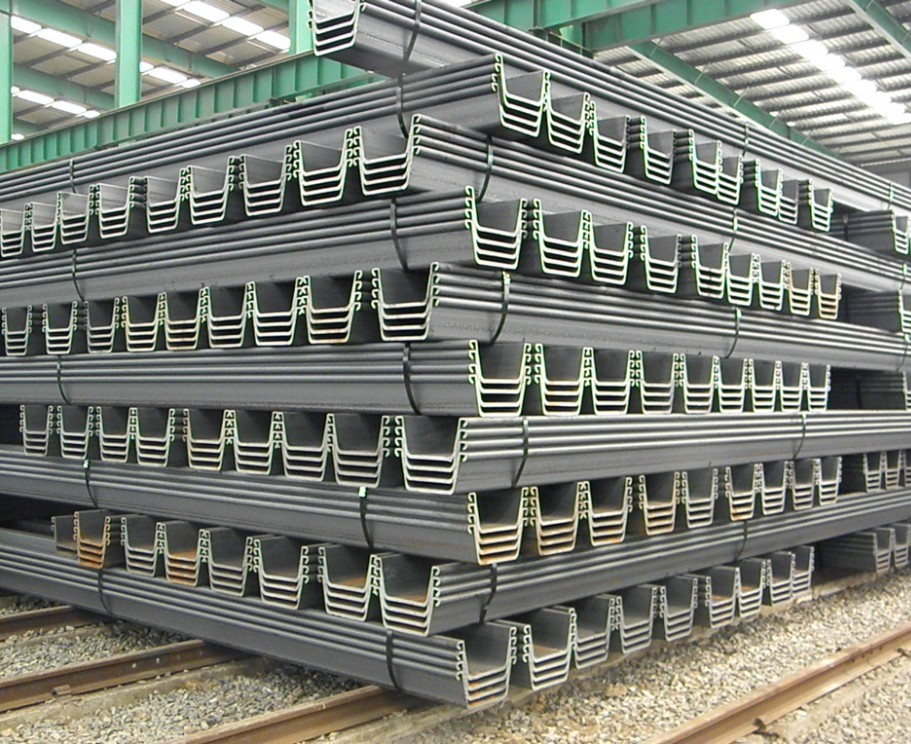
LIANSEN supplies a wide variety of steel sheet piling from leading manufacturers. In piling, hot rolled steel sheet pile and cold-formed steel sheet pile are two primary methods of manufacturing sheet piles. While there are differences between these two methods, the most important distinction is the interlock. Since hot-rolled steel sheet piling is produced from steel at high temperatures, the interlock tends to be tighter than its cold-formed steel sheet pile counterpart. Normally, looser interlocks are not recommended in extremely hard driving conditions or for walls requiring low permeability. Otherwise, the two types of sections perform similarly.
